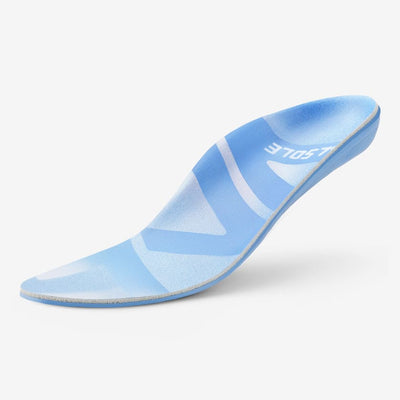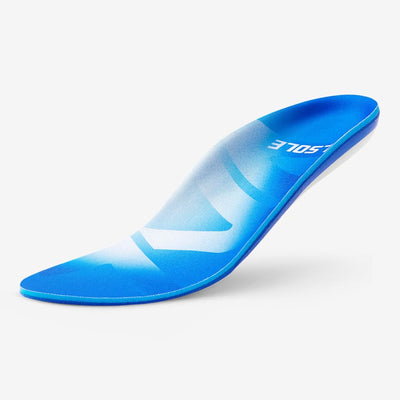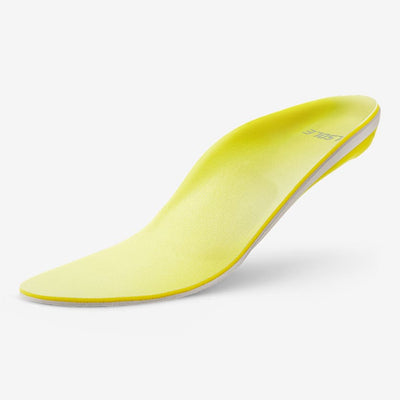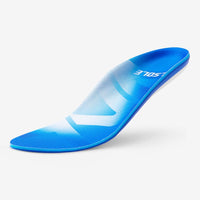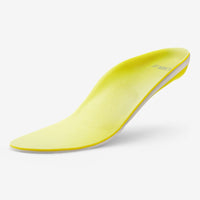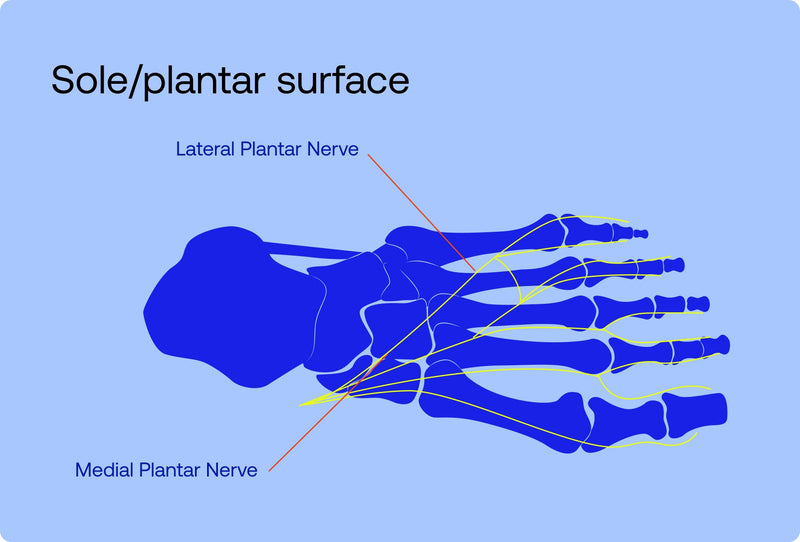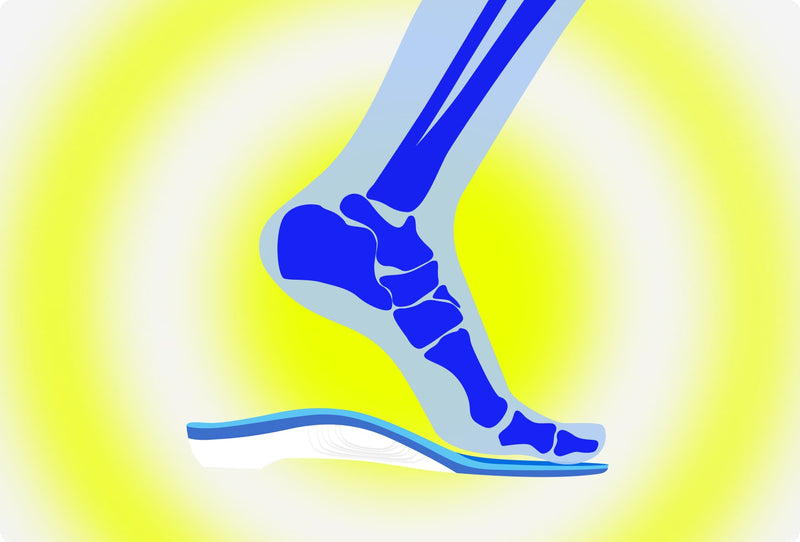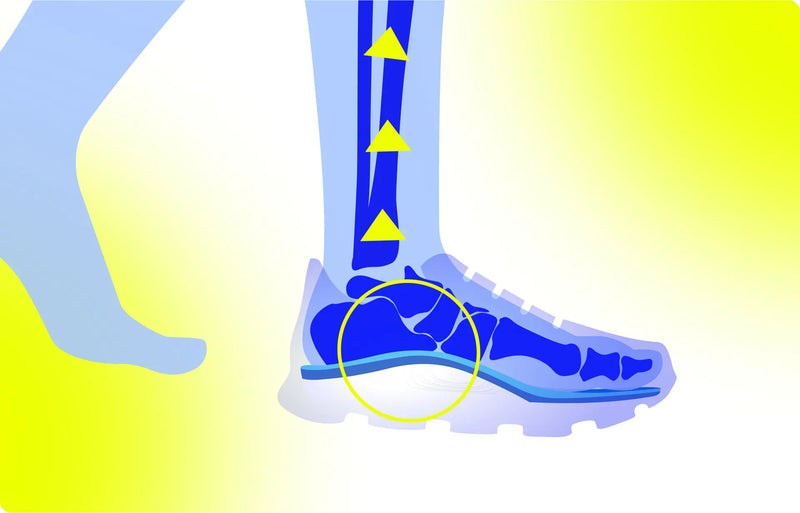Fix Your Foundation: How Alignment Insoles Improve Posture and Performance
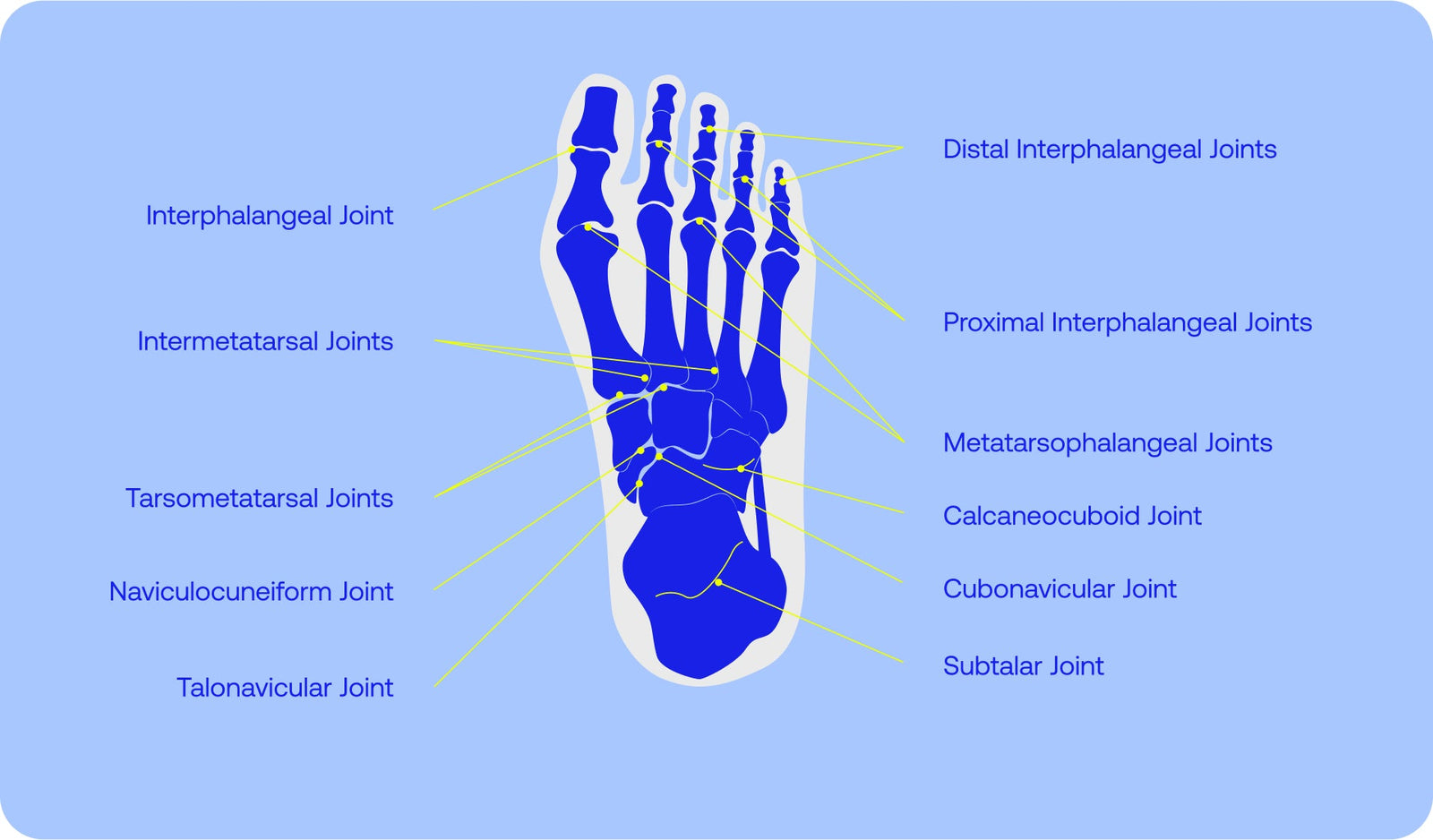
The Hidden Architecture of Human Movement
Every human body is an architectural masterpiece—complex, dynamic, and astonishingly dependent on its base. Yet, few realize that the structure’s stability begins at the feet. Like the foundation of a building, the feet dictate how forces distribute throughout the body. When this base falters, the entire structure suffers.
Misalignment at the foot level often remains imperceptible, quietly compromising balance, posture, and movement efficiency. Over time, subtle deviations such as overpronation or supination can distort the kinetic chain—an interconnected sequence of joints and muscles extending from the soles to the skull. The result is a gradual erosion of posture and performance, often misattributed to fatigue or aging rather than foundational imbalance.

Understanding Postural Alignment: From Ground to Crown
The Biomechanics of Body Alignment
Postural alignment is a symphony of joint positioning and muscular engagement. Each joint functions as a precise hinge in a continuous mechanical linkage. When aligned, this system allows energy to flow efficiently, reducing strain and maximizing stability. However, even a minor distortion at the foot can reverberate upward, influencing the orientation of the knees, hips, and spine.
How Foot Pronation and Supination Alter Posture
Pronation—when the foot rolls inward excessively—causes internal rotation of the tibia, cascading into knee valgus and pelvic tilt. Conversely, supination—an outward roll—restricts shock absorption, producing stiffness and imbalance. Both deviations shift the body’s center of gravity, compelling compensatory adjustments that strain muscles and ligaments over time. These maladaptations reshape posture and diminish biomechanical efficiency.
The Domino Effect on Knees, Hips, and Spine
The misaligned foot initiates a chain reaction. Knees drift off-axis, hips rotate asymmetrically, and the spine compensates through curvature adjustments. Chronic tension develops, manifesting as lower back pain, neck stiffness, or even headaches. True postural correction thus begins not at the shoulders or core but at the very base—the feet.
Alignment Insoles: Engineering Precision for Human Posture

Corrective Mechanics and Adaptive Design
Valsoles are not just insoles — they’re instruments of postural recalibration. Each design mirrors the foot’s natural contours, guiding it toward neutral alignment with every stride. By stabilizing the subtalar joint — the pivotal axis of the ankle — Valsoles maintain harmony between mobility and rigidity, ensuring smooth load transfer and fluid movement from heel to toe.
Redistributing Pressure for Structural Equilibrium
With Valsoles, balance is engineered into every layer. Their advanced support structure redistributes plantar pressure evenly across the heel, midfoot, and forefoot, eliminating hotspots and preventing strain. This even weight distribution promotes symmetrical muscle engagement and joint efficiency — retraining your posture for long-term comfort and stability.
Material Innovation in Every Step
Crafted with next-generation polymers and responsive foams, Valsoles adapt intuitively to your every motion. These intelligent materials absorb shock, respond dynamically to pressure, and propel your movement with energy return that feels both natural and powerful. The result is an unparalleled fusion of comfort, control, and enduring alignment — even under the most demanding conditions.
The Performance Paradigm: From Everyday Movement to Athletic Excellence
Enhanced Stability and Muscular Efficiency
Proper alignment converts energy into motion with minimal waste. When the feet align, muscle chains activate in harmonious sequence. Runners experience smoother transitions, lifters achieve firmer grounding, and office workers stand longer without fatigue. Each movement becomes biomechanically economical—an orchestration of stability and strength.
Injury Prevention through Biomechanical Harmony
Malalignment breeds asymmetry, and asymmetry breeds injury. Alignment insoles mitigate these risks by restoring equilibrium. Reduced torque on joints minimizes microtrauma, while balanced foot mechanics diminish overuse conditions such as plantar fasciitis, knee tendinitis, and lower back strain. The correction is subtle yet transformative—proactive rather than reactive.
Cognitive and Physical Synergy in Motion
Alignment extends beyond the physical plane. Posture influences perception, confidence, and cognitive alertness. A body in balance fosters a mind in focus. Athletes and professionals alike report heightened body awareness and movement precision when foundational alignment is optimized. In this synthesis of physiology and psychology, performance transcends mere mechanics.
Reinventing Balance from the Ground Up
Human posture begins where the body meets the earth. Alignment insoles are the quiet revolution beneath our feet—an interface that reconnects anatomy with engineering. By realigning the base, they recalibrate the entire human system, merging comfort with control, stability with motion.
To fix the foundation is to elevate the whole structure. In the emerging science of posture-centered design, the humble insole stands as both the simplest and most profound tool for reclaiming balance, resilience, and performance from the ground up.

